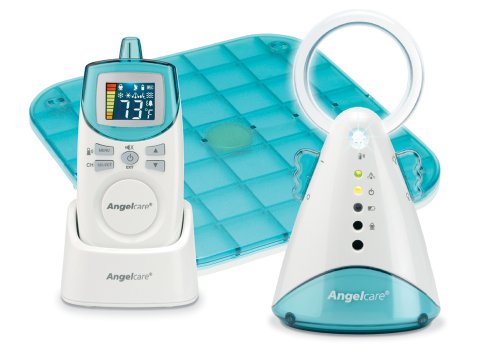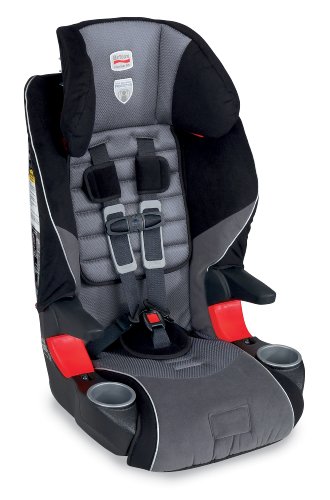A Beginner's Guide to Reading Sheet Music
Contrary to popular belief among beginners, reading sheet music notes is not only for those with tons of natural talent. Now, it does help to start out with some music ability and have a bit of rhythm but it's not essential.
Why Learn Music?
If you are looking to start playing an instrument or even learning to sing, then you need to learn reading music for beginners. Unless you can read sheet music, you'll probably have a hard time learning your instrument, which is why before you even start trying to play, you should learn the basics of reading music.
Who Else?
All the great composers in history as well as most modern musicians know how to read sheet music - it's an essential skill no matter what instrument you play, whether it's the piano, the violin, the guitar, or anything else. But, it can appear daunting to beginners because of the assortment of symbols and figures that are not seen anywhere but in sheet music notation. Thankfully, once the piece is broken down into parts, reading music for beginners can be as simple as tying your shoes! Here are some of the most basic elements of reading sheet music.
Lines and Spaces on a Staff
You have probably seen pieces of sheet music before - they have lines going horizontally across the page, and there are little dots and symbols that sit on the lines. The lines are known as the staff, and the large symbol at the start of the staff is called the clef.
The Top Bar on a Sheet
The most common clef is the treble clef - it looks sort of like a fancy, curly S. The clef signifies which notes are going to go where on the staff. On a treble clef staff, the notes are arranged in patterns on the lines and in between the lines. Each line is for a different note, and each space is for a different note as well. From bottom to top, the notes E, G, B, D, and E go on the lines, and the notes F, A, C, and E go in between the lines.
Learning Notes
An easy method to put notes into your memory is by thinking "Every Good Boy Does Fine" and "Face". So if you see a note on the B line, then you play a B note. And if you see a note in the A space, you play an A note.
Getting Instruction
The other aspects of reading sheet music and learning music theory can be found in books and online courses. Or, if you have the means, you might want to take private music lessons from a professional instructor. No matter which method you use, once you learn how to read, you'll never forget. Isn't it time you expanded your musical knowledge?



















